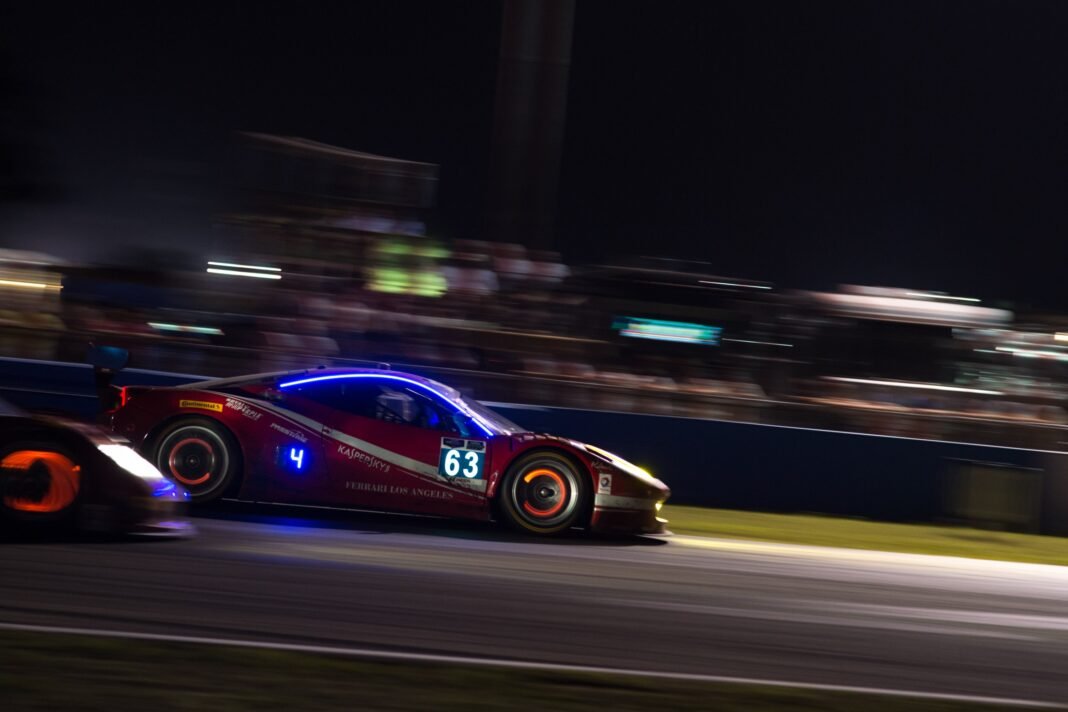Motorsport photography is often romanticized — the blur of speed, the growl of engines, and that perfect moment frozen in time. But those stunning images you see in magazines or splashed across social media are the result of relentless patience, technical precision, and not a small amount of physical risk. As thrilling as it may seem, this corner of photography is far more grueling than it gets credit for.
Professional motorsport photographer Jamey Price knows this world all too well. His journey, highlighted in a recent interview, offers a window into the challenges that define this niche art form. Whether you’re a seasoned shutterbug or a car enthusiast dreaming of your first race day shoot, Price’s insights remind us just how steep the learning curve can be — and how much hustle goes on behind the scenes.
The Allure of the Track
Like many photographers drawn to fast machines, the fascination often begins long before a camera is ever picked up. For many, including Price, the passion for motorsport predates the passion for photography. That blend of raw speed, roaring engines, and human-machine synergy is intoxicating. So it’s no surprise that once someone starts learning the ropes of photography, motorsport becomes an irresistible subject.
But the track is not a forgiving teacher.
Reality Check: Speed vs. Precision
Early experiences in motorsport photography are often humbling. A static car is one thing — a race car tearing through a corner at 130 mph is another. One photographer recounted attending a drift event early in his career, only to nearly get hit when a tire exploded. It was a sharp lesson in proximity and unpredictability.
As he grew more confident, he began shooting a hill climb event in London each year. Before his first time on the course, he had practiced the panning technique — the art of tracking a moving subject while maintaining a sharp image against a blurred background. On paper, it seemed straightforward. But reality had other plans.
Unlike track days or drag races, where cars often move along predictable paths, a hill climb features winding routes that rarely run parallel to the photographer. That means cars are constantly shifting angles, which wreaks havoc on autofocus systems. Add to that the sudden bursts of acceleration or sharp braking and you’ve got a perfect recipe for out-of-focus shots.
The Clock Is Always Ticking
One of the hardest truths in motorsport photography is that you rarely get a second chance. At the London hill climb, each car had only three runs, and during each one, it was in frame for mere seconds. There’s no “wait for the next lap” — mess up, and that moment’s gone forever.
Even with a press pass, which grants access to better vantage points, the logistics remain tricky. Narrow tracks, restricted movement, and unpredictable light all contribute to the challenge. Positioning yourself in just the right spot, with the right lens, exposure settings, and focus, all within a few seconds, is a mental and physical sprint in itself.
Now consider this: Many photographers rely on selling those images to drivers or teams. If you miss your shot — if your focus slips or your timing is off — you may have nothing to offer them. It’s a high-pressure game with little margin for error.
The Emotional Toll (and the Triumph)
While the technical aspects are demanding, motorsport photography also takes an emotional toll. The long hours in the sun or rain, the physical risks of being close to fast-moving vehicles, and the constant battle against missed shots can wear down even the most enthusiastic shutter-hound.
Yet, those few moments of victory — when everything aligns, when the car is in perfect focus mid-corner, backlit by golden sunlight and framed by a cloud of tire smoke — make it all worth it. Those images don’t just capture cars; they capture adrenaline, drama, and the essence of motorsport.
Why It Matters
Motorsport photography may never receive the widespread acclaim that other forms do. It’s rarely featured in galleries, and its practitioners often go unrecognized outside of racing circles. But it deserves more appreciation.
These photographers document speed in its most visceral form. They preserve the fleeting, chaotic seconds that define a race. And they do it under immense pressure, with little time, and often at personal risk.
Final Thoughts
If you’ve ever stood trackside, camera in hand, heart pounding as a car screams past your lens, then you’ve felt the electric thrill of motorsport photography. But behind each frame lies a story of practice, perseverance, and near-misses.
So the next time you admire a beautifully captured race car in motion, take a moment to appreciate what it took to get that shot. Motorsport photographers like Jamey Price aren’t just pointing cameras at fast cars — they’re chasing split-second perfection in one of the most demanding environments photography has to offer.




